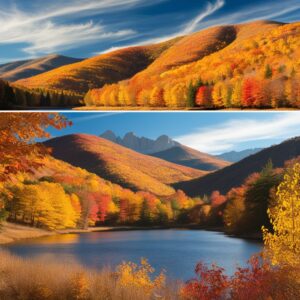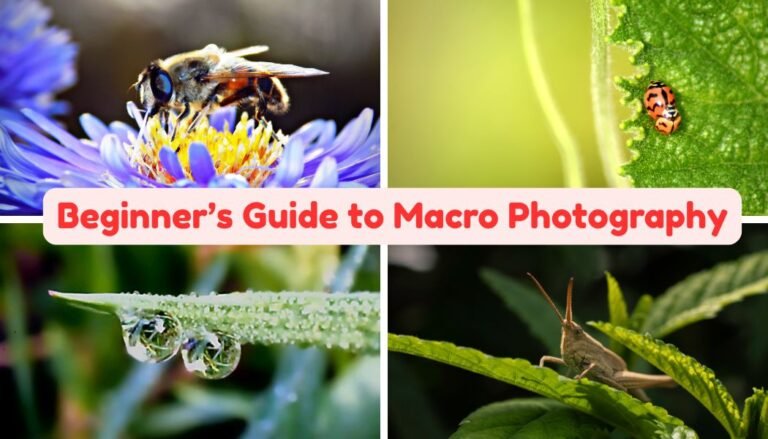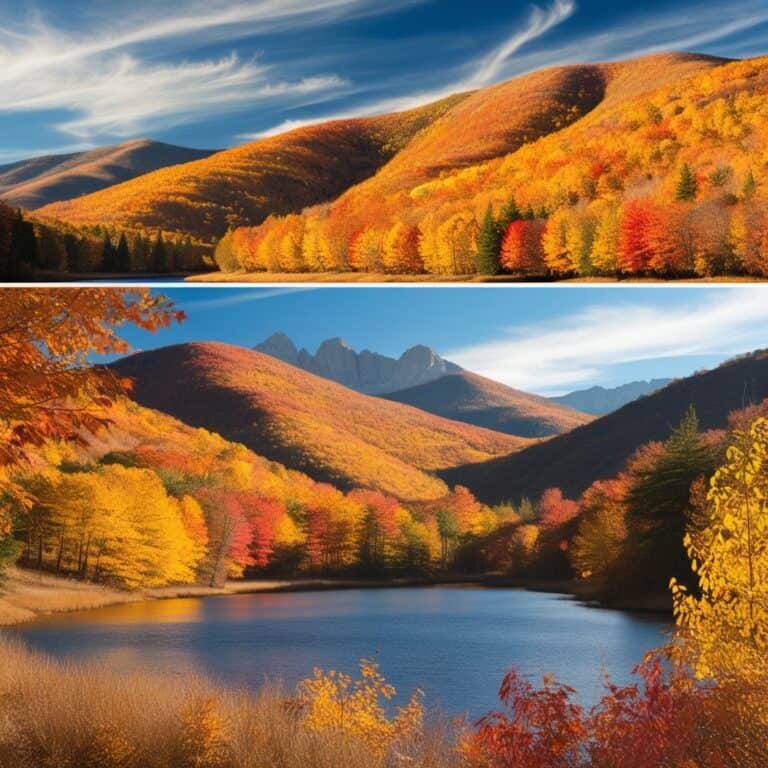Fall Photography: The Perfect Time of the Year to Capture Nature’s Beauty
Fall, with its crisp air, vibrant colors, and golden light, offers some of the most captivating opportunities for outdoor fall photography. For anyone passionate about capturing nature at its finest, the autumn months offer a spectacular canvas where every frame holds the magic of a changing season. It’s not just the fiery reds, oranges, and yellows of the foliage that draw us in, it’s the soft, misty mornings, the long shadows cast by a sun that hangs lower in the sky, and the wildlife preparing for the colder months.
This is the time of year when nature reveals its rich layers, and as photographers, we find ourselves in awe of the sheer variety of subjects to explore. Whether you’re standing at the edge of a forest, walking along a winding path or a game trail, or framing an urban park, fall is the ideal season to create images that speak of nature’s resilience and beauty.
Why Fall is Perfect for Outdoor Photography
The Magic of Fall Colors
Autumn is renowned for its explosion of color, where every tree, leaf, and field transforms into a painter’s palette. The reds, yellows, and oranges seem to shimmer and dance in the sunlight, creating a natural contrast that is difficult to find in any other season. With a wide range of hues, the fall landscape offers endless opportunities to create compelling compositions.
In photography, contrast is key to drawing the viewer’s attention, and fall naturally delivers this in abundance. Capturing a scene with a variety of textures, from the rough bark of the trees to the soft edges of fallen leaves, adds dimension to your images. The multitude of colors on the side of a mountain, rather than the solid green of summer, make for a more dramatic and intense photo when shooting landscape scenes.
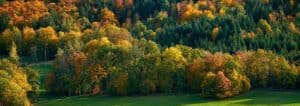
Weather and Lighting Advantages
Fall also offers perfect shooting conditions. The sun, now much lower in the sky, casts longer shadows and creates a softer, more diffused light that enhances natural beauty. Unlike the harsh, direct light of summer, fall light is forgiving and flatters landscapes, people, and wildlife. Early mornings often feature a layer of fog or mist, which adds mood and drama to a scene.
The golden hour, already a favorite of photographers, extends during this time of year, giving you more time to work with that soft, warm light that turns even the simplest subjects into striking imagery. The Sunsets have more color and intense red hues due to the dust put into the air because of the harvesting of grain crops. Sometimes, it appears that the cloud and the sky are on fire.
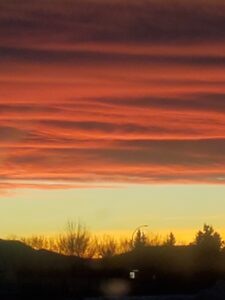
Wildlife Activity During the Fall
Wildlife photographers find fall to be an excellent time for capturing animals in their natural habitats. Many species are preparing for winter, which makes them more visible and active. You may find yourself photographing deer as they forage, birds as they migrate, or squirrels busily collecting acorns. Ducks and geese eating in the field or resting on the lakes and ponds.
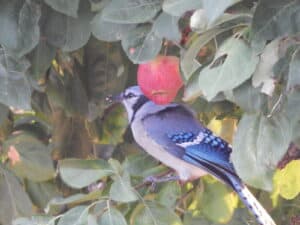
In late October and November, the rut is on for deer and elk. You may be able to catch the dominant males battling for the right to breed with a female. You will hear the deer grunting or elk bugling. They do this before they lock antlers and test each other’s strength. The increased activity adds dynamic elements to your work, where a well-timed shot can convey the movement and energy of the season.
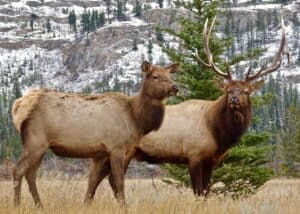
Essential Techniques for Fall Photography
Composition Tips for Nature Shots
When it comes to autumn photography, composition, becomes more critical than ever. With so much happening in your frame, from vivid colors to intricate details, knowing how to organize your shot is essential. I like to use leading lines, such as a winding path or a river, to guide the viewer’s eye through the image. Framing your shots with elements like tree branches or leaves can also provide a natural border that makes your subject stand out. For dynamic compositions, don’t be afraid to play with symmetry and balance, using nature’s natural forms.
Mastering Light and Shadow
Fall light is soft, but that doesn’t mean it’s always easy to work with. The key is understanding how to harness it to your advantage. Shooting during the golden hours of sunrise and sunset will provide you with the warmest and most flattering light. For more dramatic effects, try shooting against the light, capturing silhouettes, or highlighting the contrast between light and shadow.
Capturing Motion in the Landscape
Nature is always in motion, especially during the autumn season. Whether it’s the rustling leaves or a flowing stream, capturing that movement can bring your images to life. Using a slower shutter speed will allow you to capture motion blur in the leaves or water, adding a sense of flow and energy to your shot. Conversely, a fast shutter speed can freeze a moment in time, like a leaf suspended mid-fall or a bird in flight.
Portrait Photography in the Fall
Portrait photography in the fall offers a unique opportunity to blend natural beauty with personal storytelling. The season’s warm, golden hues create a stunning backdrop that enhances the subject’s appearance while adding depth and mood to the image. Whether it’s the vibrant reds and oranges of the foliage or the soft, diffused light of a misty morning, autumn provides a rich, textured canvas for portraits.
Photographers can play with the contrast between the subject and the scenery, using leading lines like tree branches or paths to frame the shot. Additionally, the cozy feel of autumn allows for natural, relaxed poses, making the subject appear more connected to the environment. The result is a portrait that feels timeless, evoking both the person’s character and the season’s fleeting beauty.
Best Locations for Fall Photography
National Parks
National parks are among the best places to experience fall’s full splendor. From the forests of the Great Smoky Mountains to the sprawling vistas of Yosemite, national parks offer photographers a diverse range of landscapes to explore. Each park has its own unique fall features, such as the vibrant foliage of the Northeast or the golden aspens of the West and the bright yellow of the larch before they lose their needles. They are less crowded in the fall, so you’re not fighting the crowds to get that special and memorable picture you want.
Scenic Drives and Hidden Gems
Sometimes, the best fall photography spots aren’t in the most famous parks but along lesser-known scenic drives. Winding country roads bordered by trees, quaint villages surrounded by farmland, or serene lakes nestled in forested areas can be perfect backdrops. The ducks and geese in the stubble fields are eating their fill. These hidden gems often offer solitude and a more intimate connection with nature.
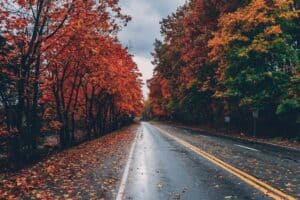
Urban Nature
Fall isn’t just limited to rural areas. Cities with abundant trees and parks come alive with color during this season. Urban photography can bring a unique contrast by juxtaposing fall’s natural beauty against man-made structures, creating powerful compositions. The contrast of bright foliage against city buildings or bridges creates a visually stunning blend of nature and urban elements.
Required Equipment for Fall Outdoor Photography
Camera Gear Essentials
When heading out to photograph fall, having the right equipment makes all the difference. A good DSLR or mirrorless camera is essential, as it gives you the flexibility to adjust settings for varying light conditions. Make sure your camera has a high dynamic range to handle the stark contrast between highlights and shadows that fall often presents. A sturdy tripod is also necessary, especially for long exposure shots of moving water or low-light situations.
Lens Choices for Nature Shots
Lenses are another critical aspect of fall photography. A wide-angle lens is perfect for capturing expansive landscapes and showing the scale of a forest or mountain range. For more intimate shots, such as details of leaves or wildlife, a telephoto lens allows you to get close without disturbing the scene. A macro lens can help highlight the smallest details, like frost-covered leaves or dew drops. Check out macro photography for beginners.
Accessories for Fall Conditions
Because fall weather can be unpredictable, packing weather-appropriate accessories is crucial. Polarizing filters can help reduce glare and enhance the saturation of colors, making those fall hues pop even more. Extra batteries, memory cards, and weatherproof gear, like camera covers or lens hoods, are also vital to keeping your equipment safe in rainy or windy conditions.
Post-Processing Tips for Fall Photography
Enhancing Colors
Fall photography is all about color, and post-processing can help you bring out those rich hues even more. Adjusting the saturation and vibrance will enhance the natural tones without overdoing it. Use subtle adjustments to bring out the reds and oranges but maintain the integrity of the scene.

Balancing Exposure
Because of the varied lighting conditions in fall, balancing exposure during post-processing is key. Use the highlights and shadows tools to even out the contrast between bright skies and darker landscapes. This will ensure that no details are lost in the extremes.
Highlighting Details and Texture
Adding clarity and sharpening tools can help bring out the texture in your images. Fall landscapes are often rich with texture, from the rough bark of the trees to the graceful veins of leaves, and enhancing these details will give your photos more depth and dimension.
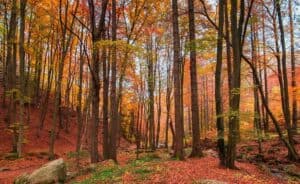
Challenges to Watch for When Shooting in the Fall
Managing Weather Conditions
Autumn weather can be unpredictable, with sudden changes in light and temperature. It’s essential to be prepared for varying conditions. Cloudy days can create moody, atmospheric shots, while sunny days enhance the vibrant colors. Having flexible settings and understanding how to adjust your exposure will help you manage these shifts.
Adjusting for Low Light
As the days get shorter, low light becomes a common challenge in fall photography. Using a higher ISO and a wide aperture can help you capture sharp images in dim conditions without introducing too much noise. A tripod is indispensable for steady shots during twilight or in forested areas where light is scarce.
Capturing Fast-Moving Wildlife
Wildlife can be unpredictable and fast-moving, making it difficult to capture the perfect shot. Using continuous shooting mode and a fast shutter speed will help freeze the action. Patience is also key, as animals often move quickly, and waiting for the right moment can make all the difference.
Embracing Fall’s Ever-Changing Beauty
Fall is not just a season but an experience for photographers. With its vibrant colors, soft light, and active wildlife, fall offers a dynamic playground for capturing nature in all its beauty. Every scene, whether it’s a vast mountain range or a simple fallen leaf, tells a story that reflects the changes happening all around us. It’s a time for exploration, creativity, and finding beauty in the details that other seasons simply don’t offer.
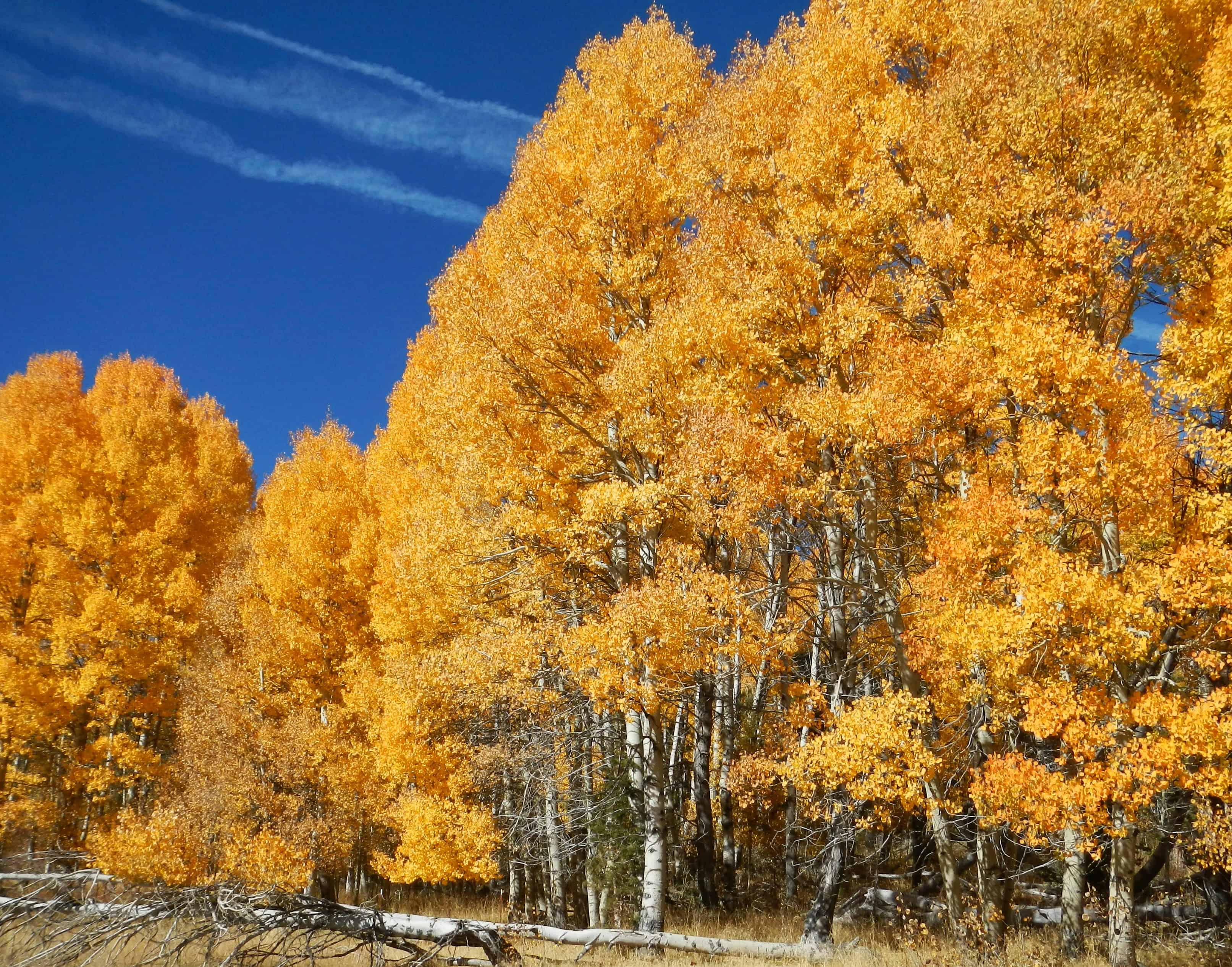
FAQ Section
What are the best camera settings for capturing fall colors?
To capture vibrant fall colors, set your camera to a low ISO (around 100-200) for minimal noise, use a small aperture (f/8 to f/16) for greater depth of field, and adjust your white balance to a warmer tone to enhance the natural warmth of the fall hues.
Can I still capture good images on cloudy fall days?
Yes! Cloudy days offer soft, diffused light, which reduces harsh shadows and enhances the rich, natural colors of fall. These conditions are ideal for close-up shots of foliage, landscapes, and moody, atmospheric scenes.
What is the best time of day for fall photography?
The golden hours of early morning and late afternoon provide the best light for fall photography, as the sun is low, casting soft and warm light.
How do I protect my camera gear from fall weather?
Use weatherproof covers for your camera and lenses, and consider a rain jacket for yourself. Keep memory cards and spare batteries in a dry, secure place, like a ziplock bag.
Can I use my smartphone for fall photography?
Absolutely! Modern smartphones have excellent cameras that can capture high-quality images. Just ensure you have good lighting and stabilize your phone for clearer shots.
How can I avoid overexposing the bright fall colors?
To avoid overexposure, especially with bright sunlight hitting colorful leaves, consider underexposing your shots slightly. You can do this by adjusting the exposure compensation down by -0.3 or -0.7 stops. This ensures the colors stay rich and vibrant without being washed out.
Disclaimer: This blog post contains affiliate links

